These companies are quietly changing how your pets impact the planet.
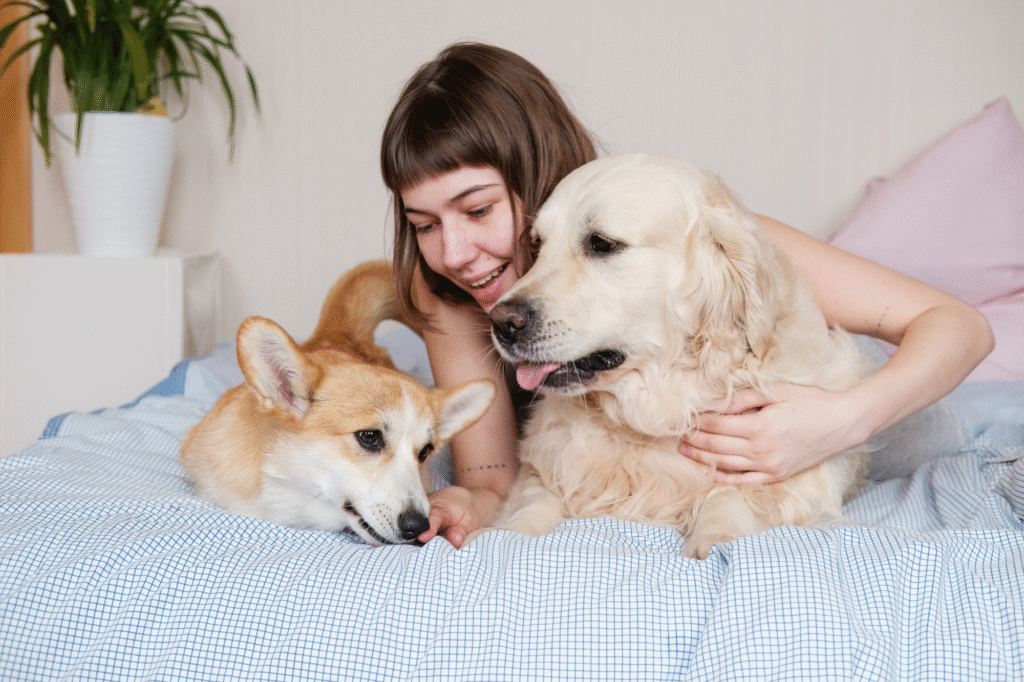
Some pet brands are going green in ways that feel less like a marketing trend and more like a full-on lifestyle shift. The most surprising part is how inventive they are about it. We’re talking packaging that composts in your garden, ingredients you never expected, and even dog toys made from ocean trash. The eco-friendly pet world is moving fast, and these companies are making choices that could reshape how we shop for our furry companions forever.
1. Biodegradable litter is now built from walnuts and corn.
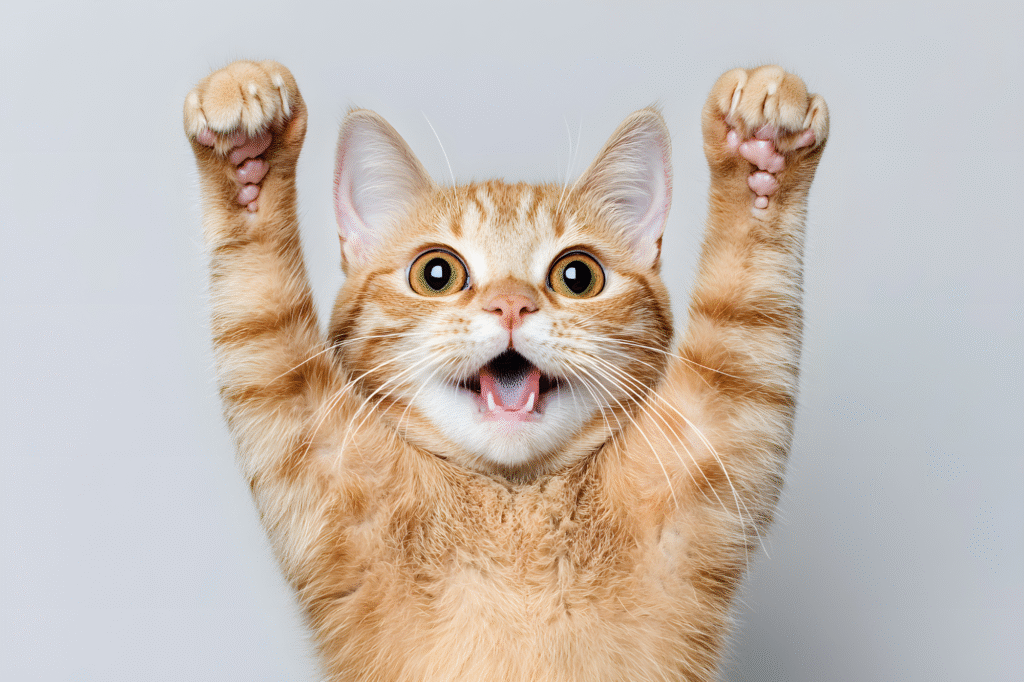
Pet brand ökocat is using plants instead of clay for cat litter, and according to the American Pet Products Association, this swap keeps millions of pounds of mined clay out of landfills each year. The walnut shells and corn naturally trap odors while breaking down much faster than traditional options. Pet owners who’ve tried it say it feels less dusty and even looks cleaner around the box, making it both eco-conscious and easier to live with long-term.
2. Dog toys made from ocean plastic are hitting mainstream shelves.

West Paw is turning recycled ocean-bound plastic into chew toys, and as reported by The Guardian, it’s stopping thousands of pounds of waste from ever hitting waterways. These toys are tough enough for serious chewers but are still safe if your dog decides to put them through the ultimate stress test. They’ve even built a recycling program where you can send old toys back, keeping the full loop of plastic waste under control.
3. Pet shampoos now come in refillable aluminum bottles.

Brands like Kin+Kind are leading the charge on ditching plastic in grooming products, and as stated by Green Matters, aluminum bottles reduce packaging waste by up to 80 percent when reused. They’re lightweight, easy to sanitize, and fully recyclable when you’re done. Many customers say the formulas themselves feel cleaner, often using organic ingredients, so your dog or cat gets a gentler wash while your home avoids the clutter of single-use plastics stacking up.
4. Kibble is now being made with insect protein instead of beef.

Nestlé Purina has stepped into the insect protein market by developing dog food that incorporates black soldier fly larvae. This protein requires far less water and land than beef while packing similar amino acids for dogs’ dietary needs. Consumers in Europe and Asia have embraced the idea quickly, and it’s now starting to gain traction in the U.S. too. Dogs reportedly adapt easily to the new flavor and nutritional profile, showing that eco-friendly food doesn’t have to mean sacrificing quality.
5. Compostable poop bags actually break down in weeks, not years.

Earth Rated has released poop bags designed to biodegrade quickly without compromising durability. These bags are made from vegetable-based materials that can break down in a few weeks under the right conditions. Dog owners are finding them just as strong as regular plastic, avoiding awkward accidents on walks. Switching to these bags is one of the simplest green changes people can make, and it’s now easy to find them at most big-box pet retailers.
6. Cat trees are now built from reclaimed wood.
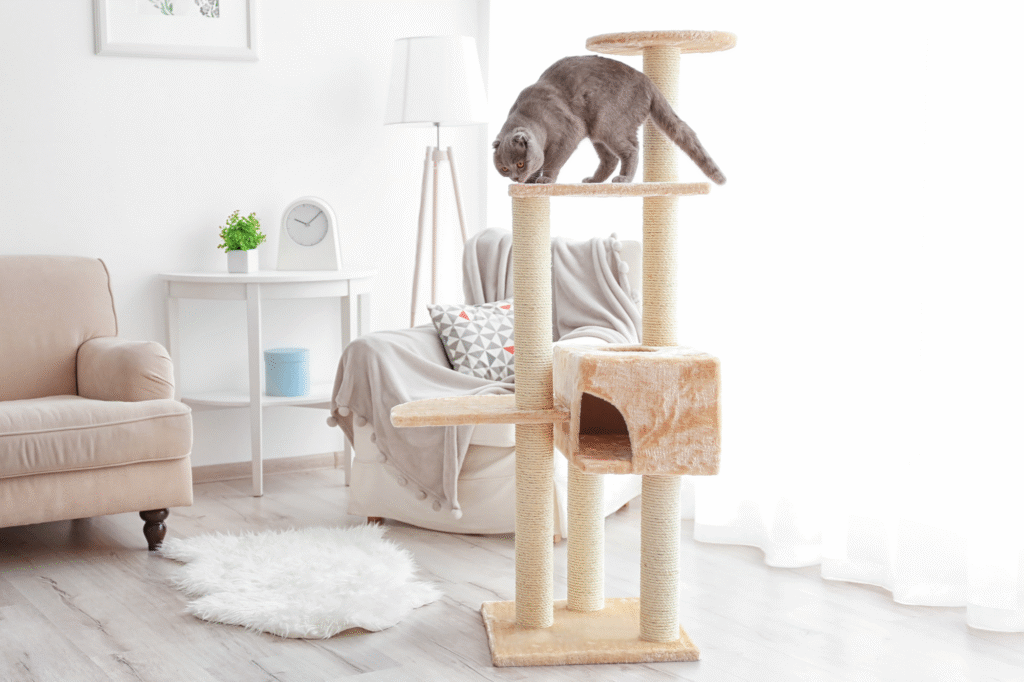
Frond Design Studios is using reclaimed wood for cat towers that feel more like furniture than pet supplies. Their designs avoid the synthetic carpet and cheap plastics often seen in mass production. Instead, they use salvaged hardwoods and nontoxic finishes, creating products that are eco-friendly and fit into modern home décor. Cats love the durability, while owners appreciate something that doesn’t look out of place in a living room. The reclaimed aspect also prevents new logging and reduces landfill waste.
7. Freeze-dried dog treats are cutting energy use.

Stella & Chewy’s has focused heavily on freeze-drying technology, which requires significantly less energy than traditional baking methods. The result is a treat packed with nutrients and flavor but produced using less electricity and heat. This approach not only reduces emissions but also delivers a product many dog owners feel better about giving, knowing it skips fillers and unnecessary additives. It’s a combination of sustainability and premium quality that resonates with a growing market of eco-minded pet parents.
8. Fish food is being made from brewery waste.
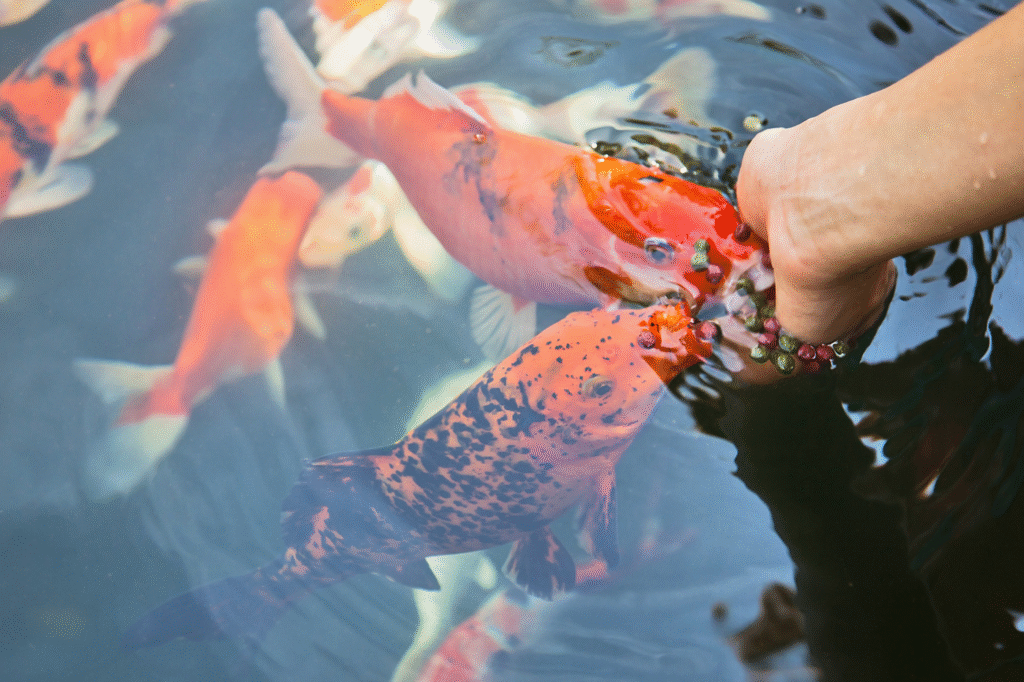
Tetra, a leading fish food company, has started experimenting with using spent grain from local breweries as a protein source in certain formulas. This innovative practice repurposes waste from one industry into a valuable product for another. It reduces reliance on wild-caught fish and soy, which have larger environmental footprints. Aquarium enthusiasts report that their fish thrive on this alternative feed, demonstrating that eco-friendly practices can still meet the high nutritional needs of aquatic pets.
9. Packaging is shrinking with concentrated pet cleaners.
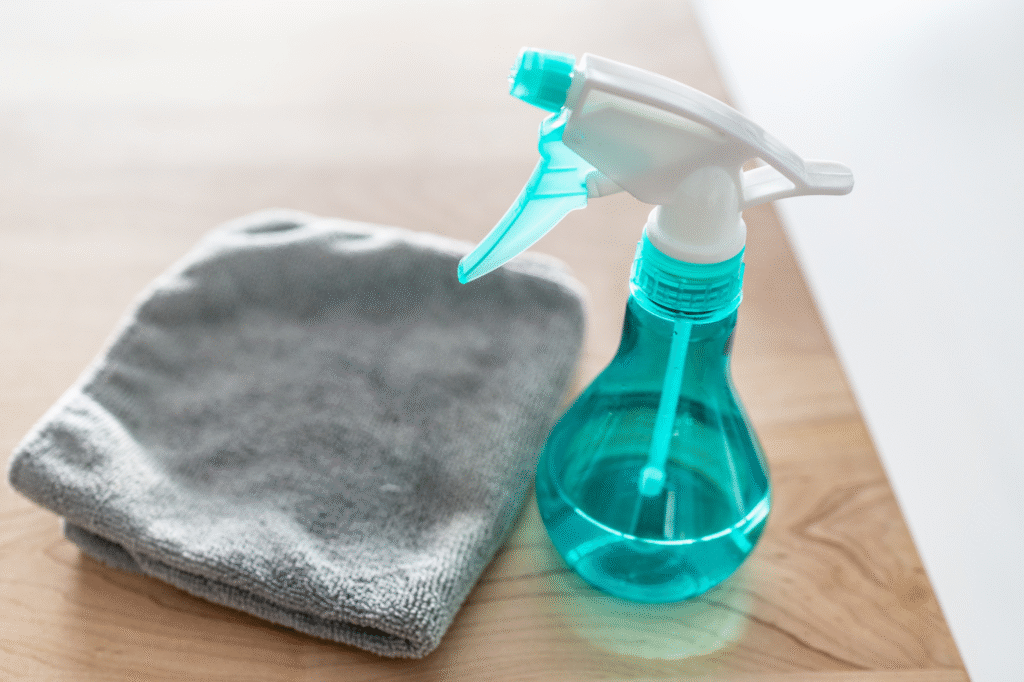
Nature’s Miracle, well known for its pet cleaning solutions, now offers concentrated formulas that significantly reduce packaging. These smaller bottles are meant to be diluted at home, slashing the number of plastic containers needed per household and lowering shipping weights. Pet parents still get the same effective cleanup for accidents but with a greener twist. It’s an easy transition for households already loyal to the brand but looking to lessen their environmental footprint.
10. Pet beds are filled with recycled human clothing.
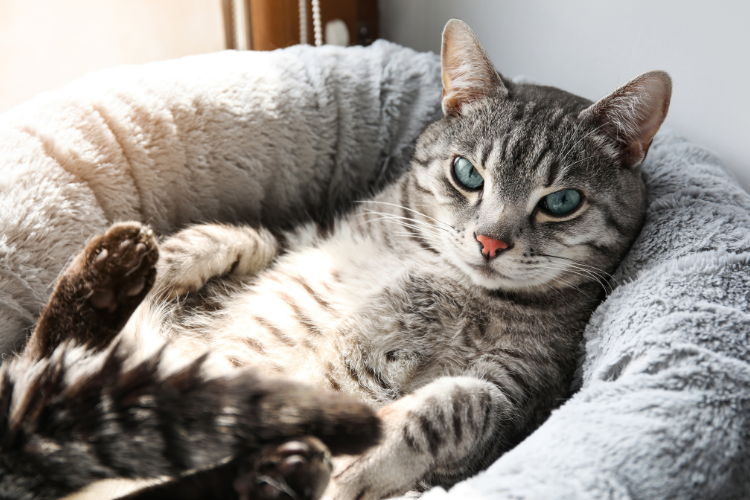
PetFusion has developed pet beds filled with shredded unsellable textiles collected from clothing manufacturers. This practice keeps massive amounts of fabric waste out of landfills while creating a durable, supportive cushion for pets. These beds are known for maintaining their shape longer than those using foam or cheap filler. Many dogs even seem to find the faint textile scent comforting, especially anxious ones, giving the eco-conscious design a bonus behavioral benefit.
